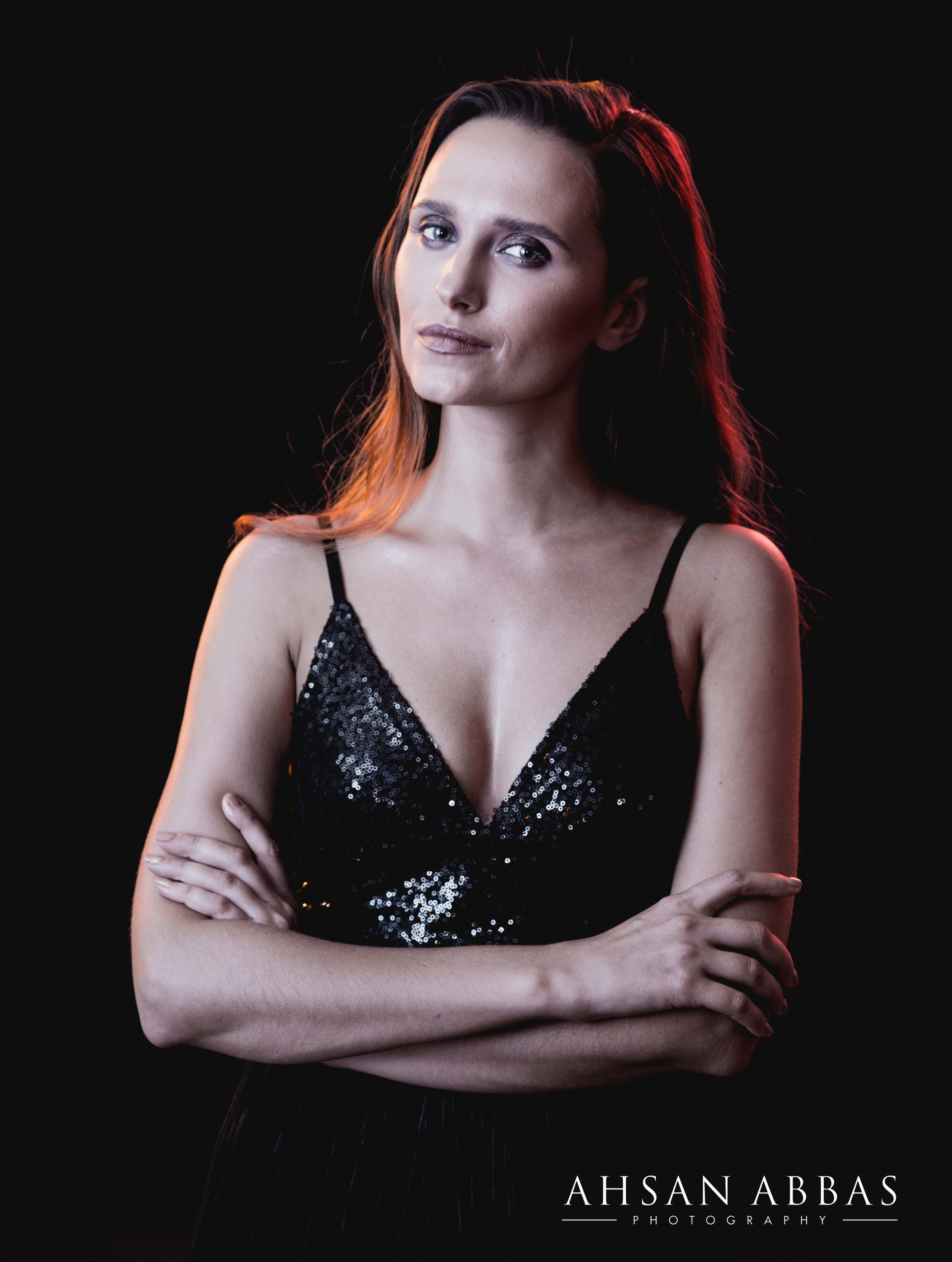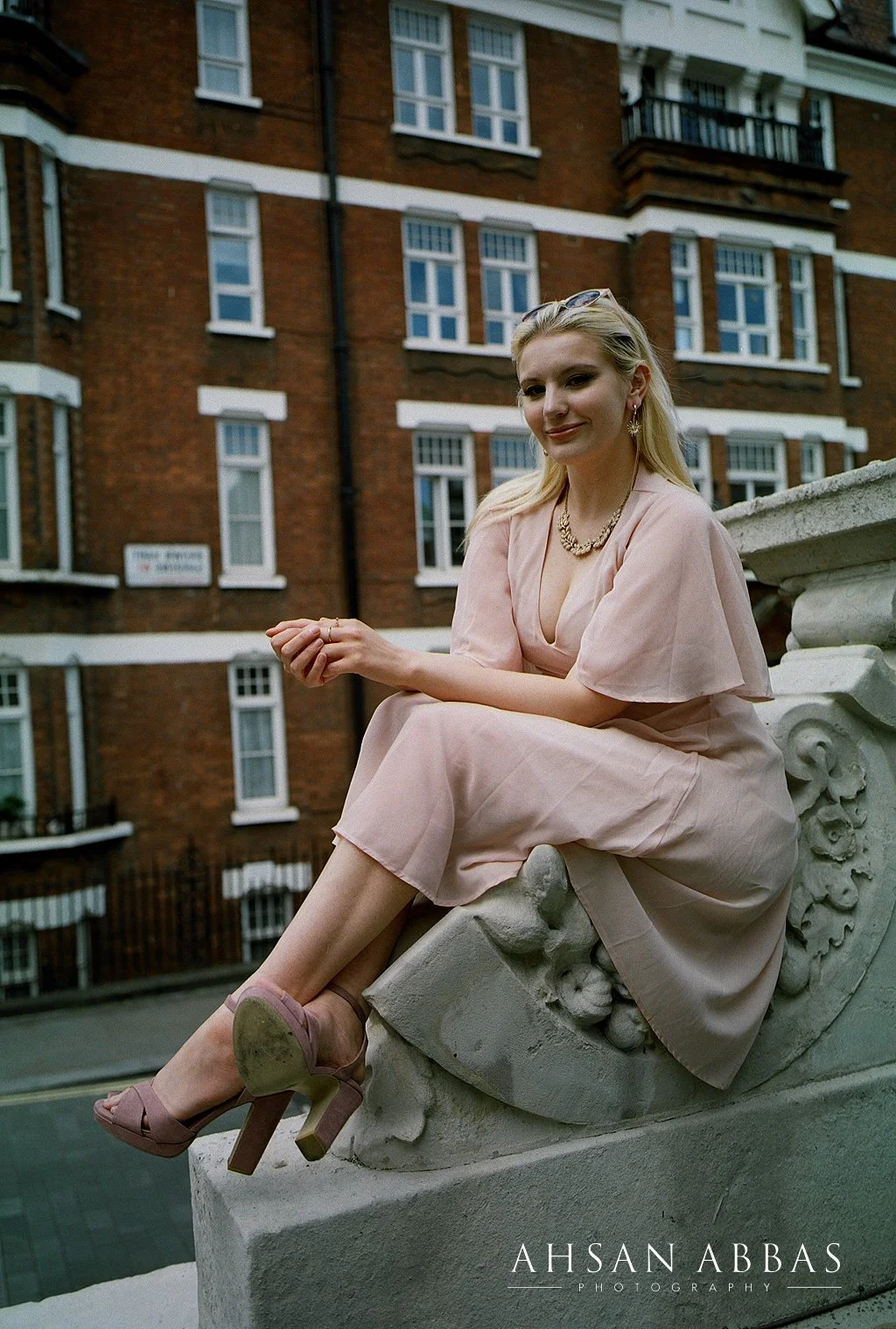Back out on the water again testing Provia 100F which typically is recommended for portrait photography. I thought why not see how it looks for urbanscape photography?''
5 key features for this film stock
it provides super-fine grain making life a breeze when enlarging prints.
You will get highly accurate colour reproduction
If you meter correctly you will get very accurate highlight to shadow linearity
This could be a good choice for long exposure photography and multiple exposures
Want to shoot in low light conditions then you can push process 1/2stop up to 2 stops with a small amount of variation in colour balance and degradation
Key Features
If you like the fine sharpness of digital photography and would like to return to film then this film could be a good choice. Shooting at ISO100 this colour reversal film will give you an extremely high level of sharpness, capturing the details with extreme clarity combined with wonderfully vibrant colours.
Film Speed
If this is your first time shooting slide film, shoot it at box speed whether it's on 35mm, medium format or large format. It’s the only way to truly find out what works best for you in the conditions you are shooting them in. After shooting a roll in different conditions, you can review them after processing to see which images resonate with you best. Now, you want to consider some push processing to see how the results will vary.
Exposure Guide
You should be good to go with the age old recommendation of shooting sunny 16. However bear in mind that these settings are determined for 2 hours after sunrise and 2 hours before sunset! Adjust accordingly using a light meter before and after these times so you can ensure the best results.
As you are watching these wonderful images scrolling, you might want to consider the following added things I have learned from shooting this film.
If you are out shooting casually in these conditions, perhaps on a beach, open water or even snow, anything with large reflective surfaces, then set your aperture to f/16 and you’re good to go. If you are standing in the middle of the street then, f/11 is sufficient, in extremely well lit conditions.
In hazy sunlight consider moving down to f/8 and if there is considerable cloud coverage, then, f5.6. If you’re in the shade or shadows and your camera allows it, then f/4.
Depending on your circumstances and experience with shooting slide films, you may want to adjust up or down ½ a stop during summer or winter.
If you are shooting indoors, perhaps, backlighting a subject then you may need to go up or down 1 stop in your aperture adjustments. Also, if you are shooting in extremely bright or dark conditions then you may want to adjust your lens plus or minus one stop.
All these numbers may sound confusing and complicated. You can save yourself a mind bend by using a dedicated light meter such as the Sekonic L-308X. The amount of times I have mentioned this brand you’d think I’m cutting a cut!
Best Filters
As you can see from my images, some of these have been exposed to extremely bright conditions.
If you are shooting in seaside locations, snowy landscapes in Alaska or distant bright views as you can see from these images, or even closeups or plants or portraits it is advisable to use a UV filter Number 2C.
For bright cloudy conditions, you can use a Wratten No.81A Filter and make an appropriate aperture adjustment plus 1 or 3 stops.
For early morning or twilight portraits use a Number 82A or Number 82C filter and adjust aperture stops again plus 1 or 3 stops.
Shooting with Electronic Flash
I have shot with Provia on Medium Format several times, the results have been very good when exposed correctly. However, I strongly suggest getting lots of practice with studio lights.
The advantage of working in a studio is you have a great degree of control over the lighting, so you don't want to flood your subject with too much or too little. Most modern studio lighting equipment is very very reliable and gives you a very consistent light.
If you are using fluorescent lamps you will have to adjust your exposure by one stop for white, daylight and cool white and 2 and 1/3 of a stop for warm white.
Use a Wratten Filter No.80A along with a 1 2/3 lens stop increase, when using 3200K tungsten lighting.
For household tungsten lighting such as room lamps which are the main source of lighting, you will need to use both a Wratten Filter No.80A and a Wratten filter No.82A, plus an aperture increase of 2 stops.
Storing your film
Serious analog photographers know the value of film and the value of their pockets. You can ofcourse store your film wherever you want but if you’re not sure when you might be using your film or even use it sparingly, then make sure you store it appropriately.
If you are going to be using it for up to 3 years then stick it in the fridge out of an abundance of precaution. Anything beyond that stores below 0C or 32F, i.e. in a freezer. If taking film out of a fridge, leave it in room temperature conditions for at least 2 hours before shooting with it. Obviously use your usual good sense when defrosting film from a freezer!
Multiple exposures
Great news for those of you doing long and multiple exposures. You don't need to exposure correct or colour balance within 1/4000 to 128 seconds shutter speed ranges. However beyond this you will need to expose correctly and colour balance as required.
Processing Film
You will need to use E6 chemicals when processing this film. If you enjoy experimenting then you can also cross-process colour negative films with E6 which will give you a colour positive image but likely with an orange base.
Retouching/editing your film
This is really down to you as an individual. However you may want to consider doing this if the highlights are too bright or you would like to lift a little bit more out of the shadows. Typically with film, it is very difficult to pull information out of the shadows so just be aware of this when metering for your subject or landscape.
Why Printing is your work is important
Regardless of what is happening around us, we are living in unique times. A time when we have access to our photos at any point on our phones! Yet, how many of us have our images where we can see them in our daily lives or even to feel in our hands. Take the time to pick out your best images and perhaps make an album or even a book out of them. They’ll bring you joy in a very different and tangible way.
Final reflections
Provia 100F is certainly one of my favourite slide film stocks. One of the main reasons why I love this film so much is because you can see the results of your work right there in front of you. Unlike film negatives you can relive those moments without having to scan your work [that is if you don't want to].
Photographers often associate this film stock with fashion or portraiture work but there’s absolutely no reason why you should use this film for other work from product to natural landscapes. In fact, I think with large positives available in medium format you could take some wonderful landscape images.
Subscribe to my YouTube Channel here for more tips on shooting with film
































